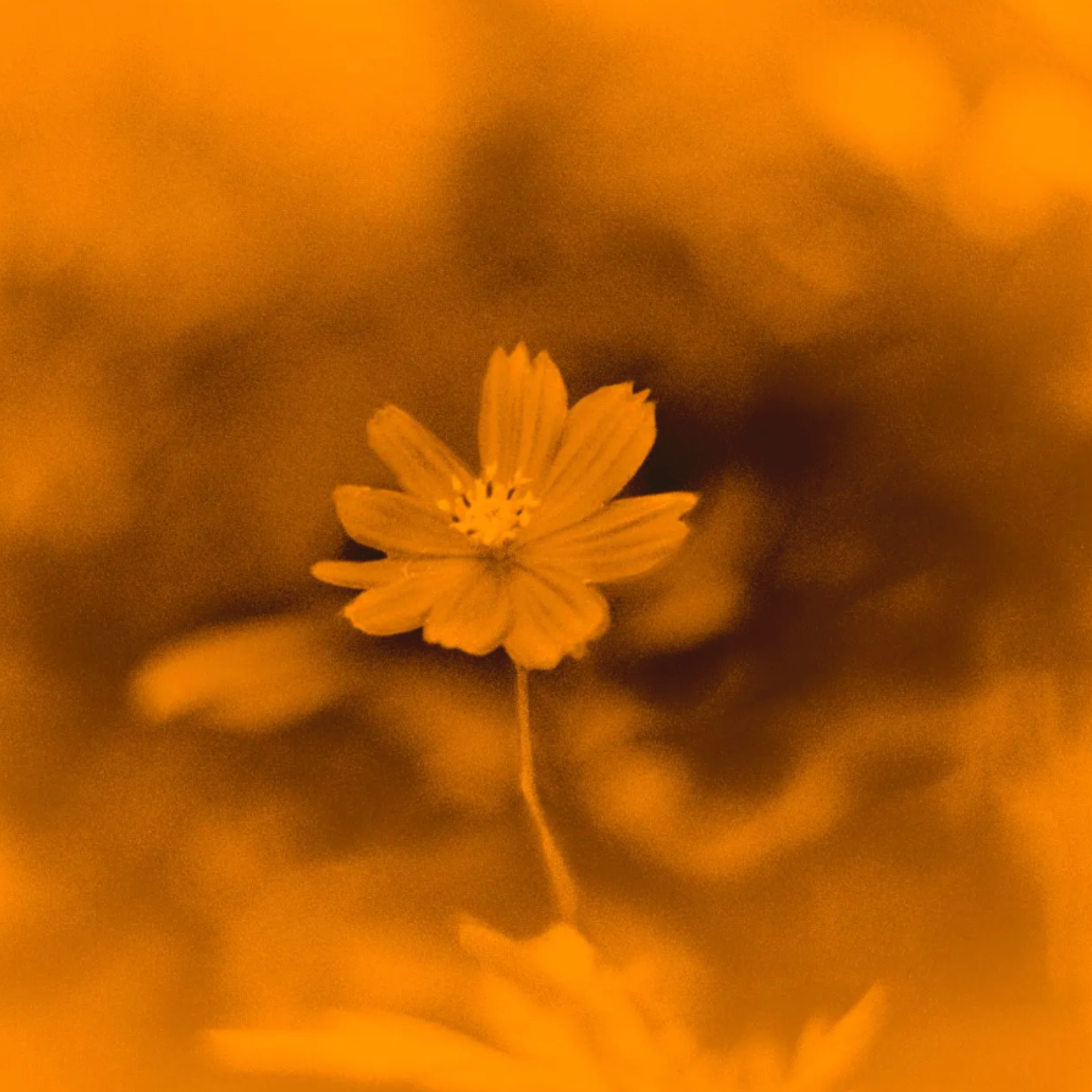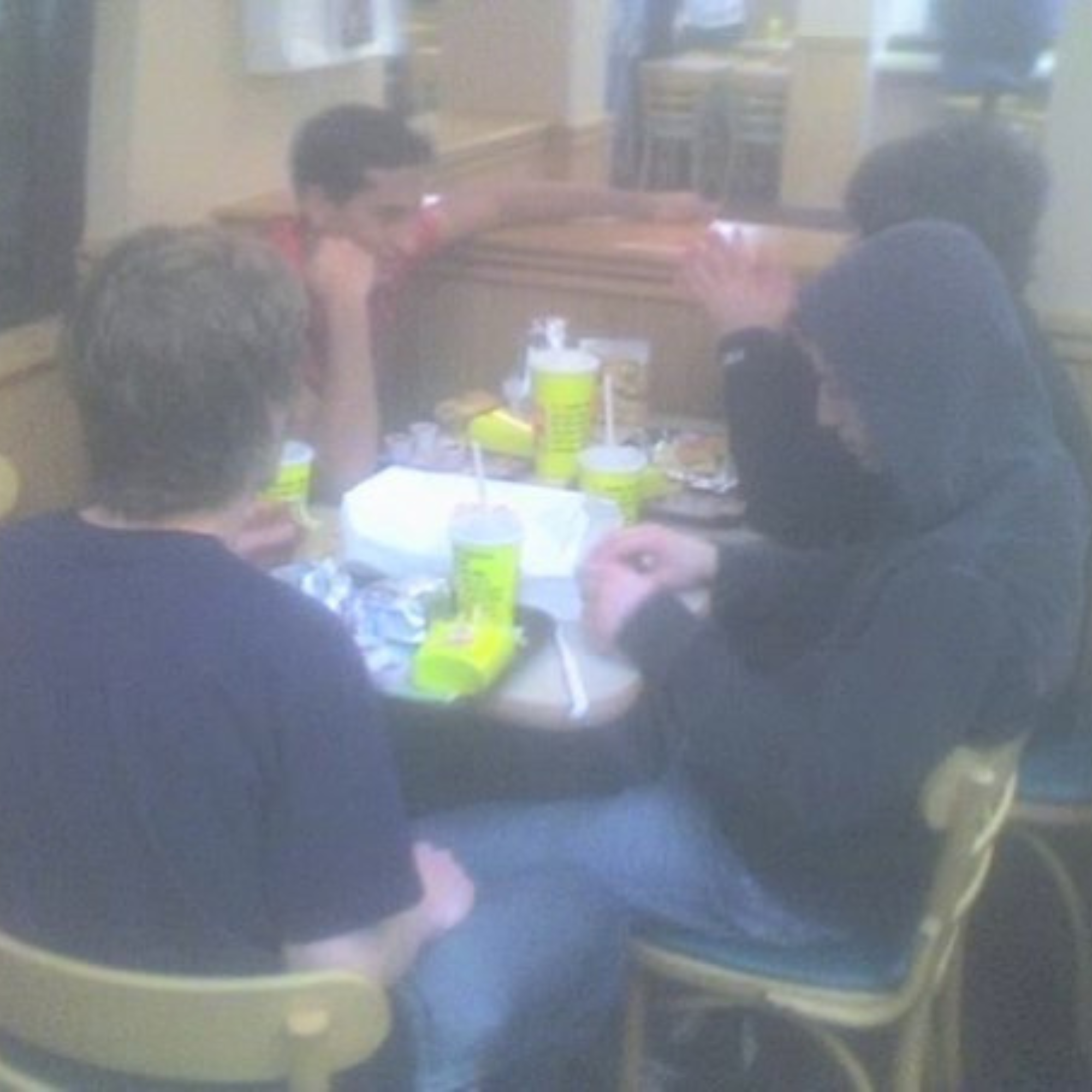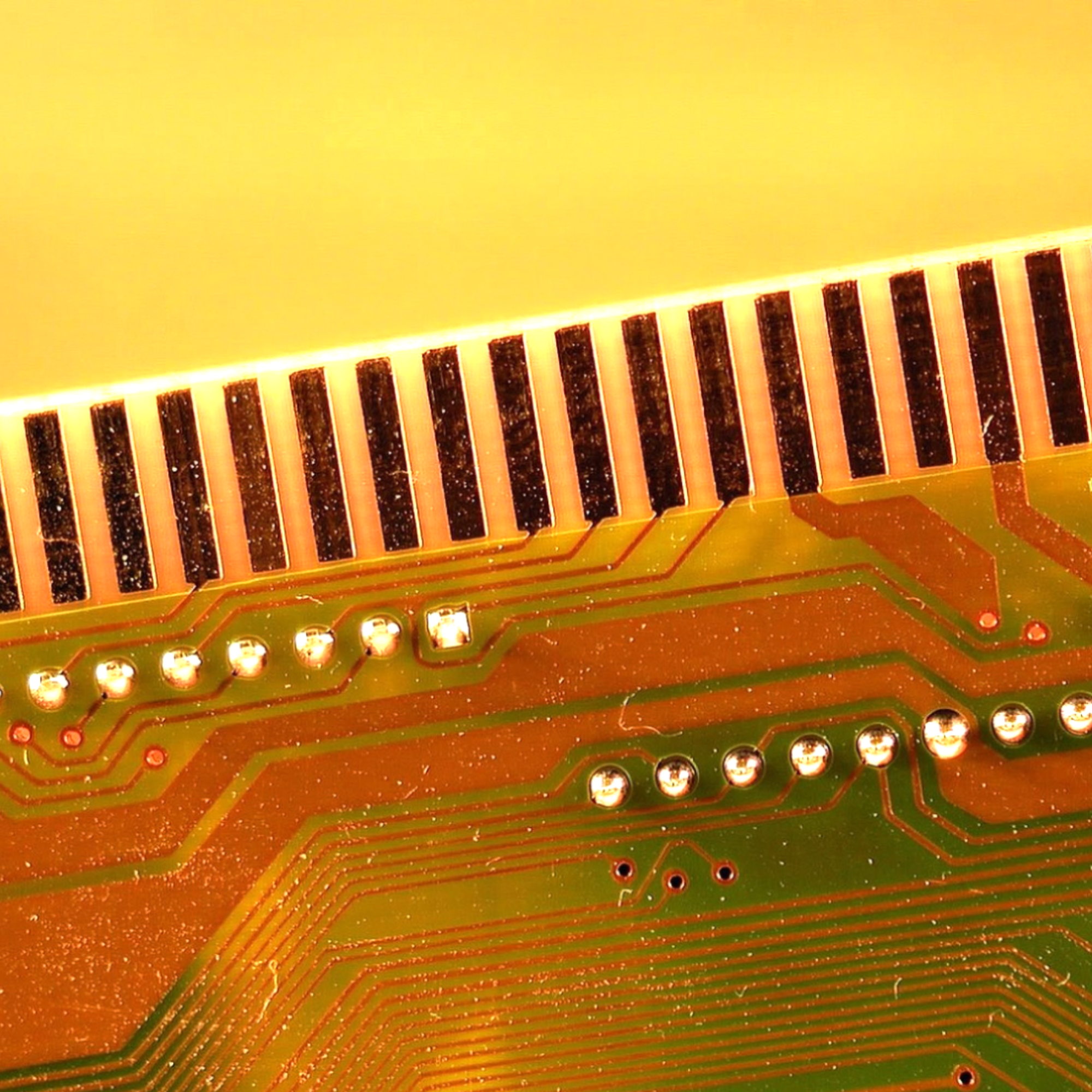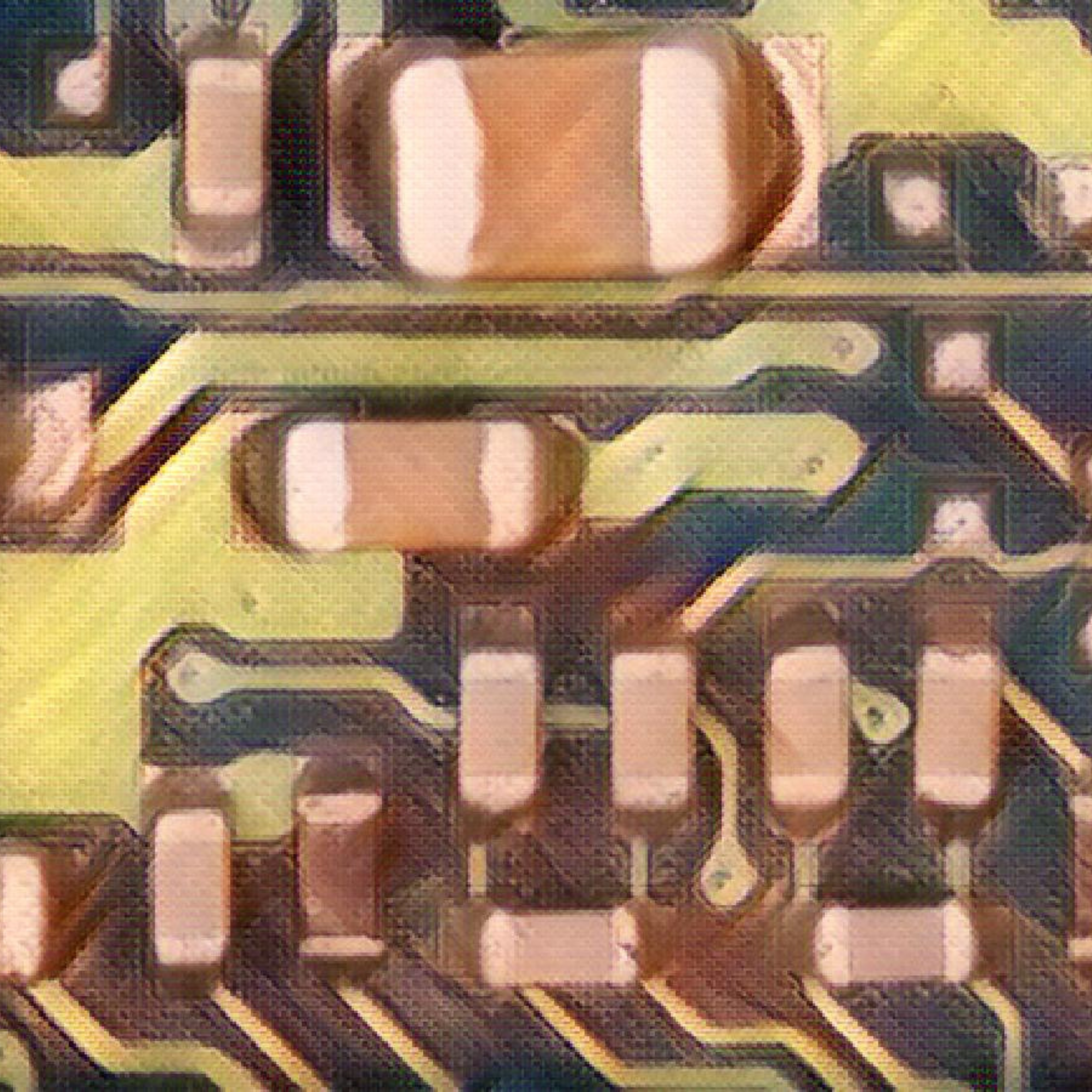- Magazine Dirt
- Posts
- In Defense of the Single-Use Object
In Defense of the Single-Use Object
Waste less time.


Image: Apple
Celia Mattison asks, when did you last do one thing at a time?
“Single-use object” might be one of the dirtiest phrases of the 2020s. Even as Gen Z rejects Millennial minimalism and embraces maximalist excess, “single-use” remains associated with terminally unhip Boomerist decadence. It conjures images of garbage flotillas of plastic and Yahoo! News lists of the thirty weirdest devices you can find on Amazon. When a new luxury class emerged in the mid-2000s it came with new tech promising ultimate productivity and hyper-optimization. Thus, the decline of the single-use object can hardly be ascribed to newfound ecoconsciousness—Americans still buy and trash plenty of shit—rather, it reflects a change in status symbols.
Like most phrases bandied about on TikTok, “single-use” is an ironically multipurpose term, used to describe a host of things of borderline uselessness in 2024—plastic straws, flimsy stocking stuffer gadgets, kitchen unitaskers. The unitasker is a perfect case study of how minimalist luxury took over. Railing against kitchen gimmicks was once a pet cause for iconoclast celebrity chefs like Alton Brown or Anthony Bourdain: now any $45.00 cookbook, lifestyle influencer, or cooking subreddit will proudly promise that “you only need three good knives.” The bourgeois wood block with twenty-one plastic-handled knives is out; hand-crafted Japanese steel is in.
The bourgeois wood block with twenty-one plastic-handled knives is out; hand-crafted Japanese steel is in.
There was an additional casualty in the mad dash for minimalism. Once-commonplace household appliances disappeared, their functions replaced by smartphones. Good luck finding a flashlight in the average twenty-four-year-old’s apartment: Halina Reijn’s Bodies Bodies Bodies (2022) signified it was a slasher for a new generation by having the kids tromp about a power outage illuminated only by iPhone lights.
But anyone born before 2000 already had this stuff, and tossed it when smart technology took root, encouraged by web-savvy wellness gurus who promised that buying different, more efficient things would unfuck our lives. Lifestyle simplification didn’t mean giving up tech: it meant relying on a smaller pool of devices, ideally ones that synced and color coordinated. Visit your local Goodwill and you’ll find plastic tubs of egg timers, calculators, and radio alarm clocks as proof. It’s these allegedly obsolete objects, though, which offer the surest way to break our collective addiction to networked technology, and to resist new devices, like the Rabbit R1, that promise to further streamline the interface between on- and offline.
Article continues below


Oom is the chat app that skips the small talk. Thousands of fun prompts reveal how you compare on everything from your favorite movies to your strangest habits to love and sex. It’s perfect for breaking the ice with someone new and going even deeper with friends and partners. Oom is available to download for Apple and Android today.

Because I’m thirty and have increasingly dim memories of life before I never left a room without my phone, I’ve tried nearly every hack to reduce my screen-time. I’ve set up time limits, made my candy-colored display grayscale, downloaded apps that reward you for every minute spent away from your phone, and tried social media platforms that only permit a few minutes of use. None of it works for more than four days. Unsurprisingly, utilizing the network of apps and devices promising a new way to get off your phone is to still be on your phone, just in a different way.
Unsurprisingly, utilizing the network of apps and devices promising a new way to get off your phone is to still be on your phone, just in a different way.
Even besides the much-studied return of the dumb phone, there’s already pushback to the incoming generation of generative tech. Vinyl has looped back around to an ordinary household fixture, digital cameras seem to be next. My latest analog fascination is a device that connects a cradle telephone to your router and allows you to make and receive calls, essentially giving you a cheaper, spam-free landline. Instead of scrolling while waiting for a friend to confirm dinner plans, I make a call and do nothing but … wait. A single day a week off my phone makes me crave it less and less, and I’m paradoxically glad that at least I still have a phone I can put down, and not a brain link that will brick my refrigerator if I miss a payment. If it sounds like I have no self control, it’s only because I don’t. Neither does almost anyone else with a smartphone.
It’s unoptimized and unproductive, which was mildly disturbing at first to someone with an email job. Doing one thing at a time started as a thrilling novelty, and then rounded out into the mundane boredom I remember from childhood and have only since glimpsed when my phone died in a waiting room. It’s shockingly satisfying to have tech that stops, rather than endlessly scrolls: cassette tapes that require you flip them to keep listening, phones that won’t suggest new things to do once your call ends. For the first time in a decade, I don’t feel chained to the devices I use.
One might never need the $50 jar-opener or the $6 ice cream pint container lock Forbes recommended in 2006, one year P.I. (pre-iPhone). But if you want to check the weather for the week, or listen to music, or wake up on time without the temptation to scroll for the next hour, the single-use object might be the only escape.

DIRT ON TECH
|
|
|
|
|
|
|






